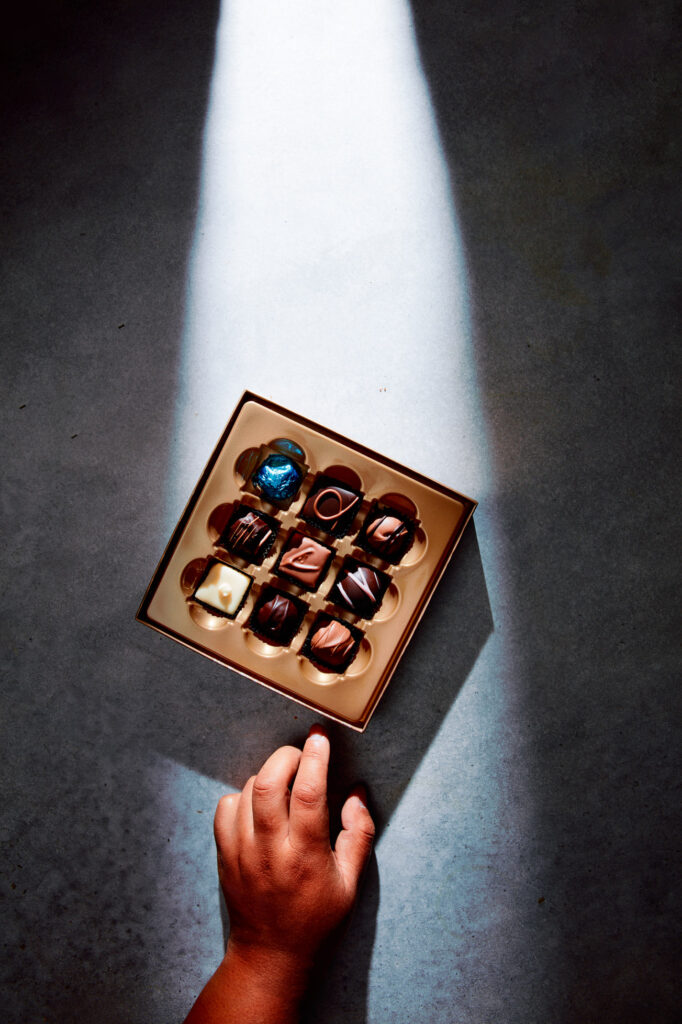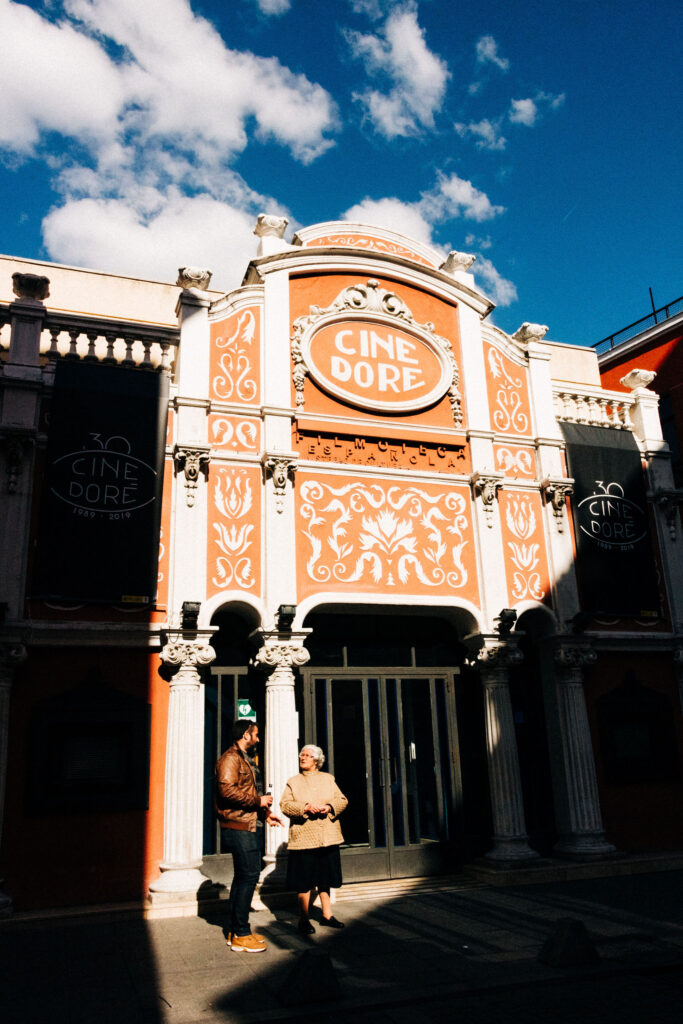
When Shadows Speak: The Language of My Photography
October 21, 2025


I’ve heard this phrase more times than I can count: “Find your light!”
And sure, I get it. Photography literally comes from photon—the study of light. But over time, I discovered something deeper—the language of photography isn’t just written in light. It’s also whispered in the shadows.
Shadows give light its purpose. They carve mood, define emotion, and guide the eye exactly where you want it to wander.
You’ve probably heard the term “flat lighting.” It means there’s no contrast between light and shadow. No push, no pull, no tension—just bland and boring. See, it’s like angels and devils; you can’t believe in one without believing in the other.
Shadows hold the good stuff. The secrets. The tension. The texture. The mystery. All the things that make an image linger in your mind long after you’ve looked away.
Over the years, I stopped chasing the light and started dancing with the shadows instead. And you know what? Somewhere in that darkness, I found poetry, y’all.
Why I Fell in Love with Shadows
Early in my career, I was downright obsessed with chasing perfect light. I studied other photographers’ setups, mimicked their edits, and tried to capture that same sparkle they had in their work. (Like most baby photographers do, bless our hearts.) But what I didn’t realize then was that in my pursuit of light, I was completely overlooking the shadows—the very element that shaped the language of photography I was trying to speak.
But somewhere in that chase to recreate someone else’s magic, I stumbled into my own.
At that time, my photos were technically solid. Compositionally sound. But they didn’t breathe. They were pretty, sure—but they didn’t have a pulse. There was no emotion. No story. Just good lighting and clean execution.
So I did what every hungry, frustrated artist eventually does when they hit that creative wall—I fell straight down the rabbit hole. I started devouring the work of photographers and painters whose imagery made me feel something. And that’s when it clicked: I wasn’t captivated by what the light touched—I was drawn to what it didn’t.
I began noticing the beauty living in the dark—the places the light couldn’t quite reach.
If you’ve ever watched The Conjuring or Insidious —both masterpieces from the master of suspense, James Wan—you’ll know what I mean. He doesn’t just show you what’s in the light; he teases you with what’s lurking just beyond it. You find yourself holding your breath, scanning the shadows, waiting for what’s coming next. Watching those films inspired me to explore how tension plays a role in the visual language of photography—how what’s unseen can be just as powerful as what’s revealed.
And that’s exactly how I see shadows. Their presence is an invitation to the “what is that?” moments. They hold the mood, the mystery, the heartbeat of the story.
That’s where the emotion hides, y’all. Right there in the dark.
And once I learned to listen to those shadows—really listen—that’s when I stopped building my images around light… and started building them from the darkness out.
The Language of Photography: Building Emotion from the Shadows Out
I always think back to that line from The Dark Knight Rises, when Bane says,
“Ah, you think darkness is your ally? You merely adopted the dark. I was born in it, molded by it.”
Now, don’t get me wrong—I’m not out here cosplaying as a masked villain (though that accent is iconic and Tom Hardy is a DREAMBOAT). But that quote? It perfectly sums up my process.
Because when I create, I don’t start with light—I start with the dark. I ask myself: What am I building in the shadows? What am I shaping there? And when the light finally hits, how can I make it so striking, so blinding, that the viewer has no choice but to feel it?
Dang, Mica. That’s dramatic.
Yeah, I know. Cue the eyeroll.
But honestly? I stand by it.
When I’m brainstorming, I’m not thinking about how to make something look “pretty.” I’m thinking about what story the darkness wants to tell and how it translates through the language of photography. I’ll study the subject, the surface, the props, and ask, Where does the shadow want to live? Maybe it curls around the rim of a glass. It could also hide beneath the plate. Sometimes it pools somewhere unexpected and gives the image that moody, cinematic heartbeat.
Once I figure out where the darkness belongs, the light always follows.
It’s like the shadow whispers, “Here’s where the magic hides, darlin’,” and all I have to do is listen.
Case Study: The Christmas Chocolate Shot
The inspiration for this shot came from a moment that was too good not to steal—er, I mean capture.
I was over at my friend Charlotte’s house one afternoon, hanging out in the kitchen while her daughter, Emmylou, played nearby. Charlotte had one of those 24-day Christmas countdown calendars—you know, the kind where you get a piece of chocolate each day if you’ve been good. Well, little Miss Emmylou decided she was feeling extra deserving that day and went in for a bonus piece.
Charlotte caught her mid-heist and said, “Emmylou, do not eat that chocolate!” And y’all, without missing a beat, Emmy snatched her tiny hand back, gave this little guilty giggle, and took off running like she was escaping Santa’s naughty list himself.
It was adorable. Pure childhood mischief.
That moment stuck with me—the thrill, the innocence, the sweetness of temptation. So, I decided to recreate it in my own way. I imagined that quiet, secret second right before the giggle. A box of chocolates cracked open in the soft dark. A small hand sneaking in for one more piece.
It wasn’t just a photo about candy—it was about the story we’ve all lived at least once: the joy of getting caught doing something you love.
The Madrid Conversation
My husband and I traveled to Madrid, Spain, for our first wedding anniversary—and y’all, it was the trip of a lifetime. I couldn’t put my dang camera down. Every corner felt like a painting waiting to happen. I loved everything about Madrid—the colors, the architecture, the rhythm of life—but mostly, I loved the people.
I could’ve spent all day just people-watching. Sure, we did the touristy stuff, and it was beautiful, but the real magic for me was found in the quiet, everyday moments—watching life unfold right there on the street.
This photograph came from one of those magical in-between moments. Aaron and I were standing across from Cine Doré, this stunning old theater bathed in warm, late-afternoon light. The sun was starting to dip low, and it cast these long, dramatic shadows that sliced across the sidewalk.
Then, as if the universe itself was staging a scene for me, an elderly woman appeared, standing right in the light’s path. A man approached her, recognized her, and his whole face lit up. They hugged, started chatting, completely unaware of the world around them.
And there I was—heart pounding, camera in hand—trying to capture the tenderness of that exchange without intruding. The shadows framed them perfectly, like parentheses holding a private conversation. It was fleeting, delicate, and full of soul.
Moments like that remind me why I fell in love with the language of photography in the first place—it’s not about perfection; it’s about presence.
The Story Hides in the Shadows
Every image I create begins not with light, but with the promise of what light can’t reach.
Because here’s the truth: shadows aren’t flaws to fix—they’re the pulse of the story. They’re where emotion hides, where mood lives, where honesty lingers. They shape tension, depth, and soul.
When I’m behind the camera, I’m not chasing perfection—I’m chasing presence. The flicker of something real. The space between knowing and wondering.
So the next time someone tells you to “light it up,” maybe—just maybe—leave a little darkness. Let the mystery do the talking.
Because that’s where the magic hides.
If You’re Ready to Play in the Shadows
If this story hit you right in the creative gut—or if you’re looking for someone who understands the emotional language of photography—then honey, we need to talk.
Drop me a line at mica@micamccook.com or call 512-203-5205. Let’s create visuals that don’t just stop the scroll—they stop the heart.
Continue Reading
back to blog home